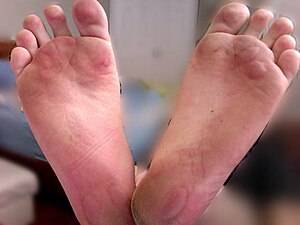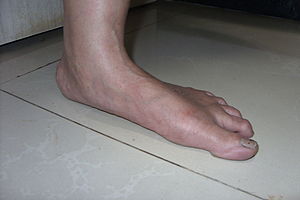 |
| (Photo credit: Wikipedia) |
Don’t give up
Keeping fit is important. Whatever it is you do, do it. Maintaining a good level of fitness keeps your heart healthy, your weight down and your stress levels at a minimum. Find something that can work within your schedule and that you will enjoy doing.
Join a local gym and take in some classes. If that is not possible, borrow or invest in a treadmill, exercise bike or elliptical. They can be used in the warmth of your house at any time. Get a used TV and watch your favorite shows or movie to pass the time!
Find some buddies. Everything is more fun with company and it will keep you accountable. Find some neighbors and form a walking or running group or just sign up for a class together. It will keep you motivated and make things more enjoyable.
Take the winter as an opportunity to try something new. Maybe there is a winter sport or activity that would be fun to try. Skating, snowboarding and skiing are great ways to stay fit and fun things to do with kids as well.
Winter can bring its challenges and keeping your feet safe and healthy is also important. Whatever activity you choose, wear appropriate footwear and pay attention to any problems or pain.
See Dr. Tina Boucher, a foot specialist in Meriden, CT if you need treatment. Call our podiatric office today at (203) 238-3668 to schedule an appointment or visit us at www.centralctfootcare.com.













